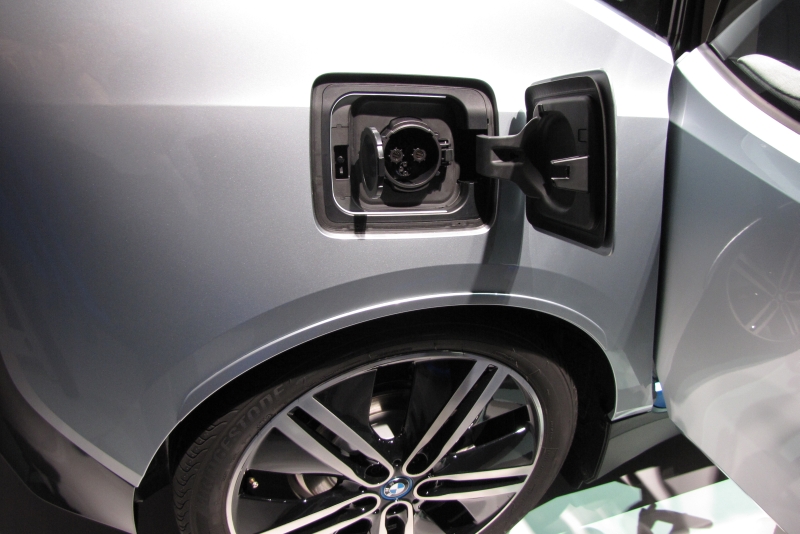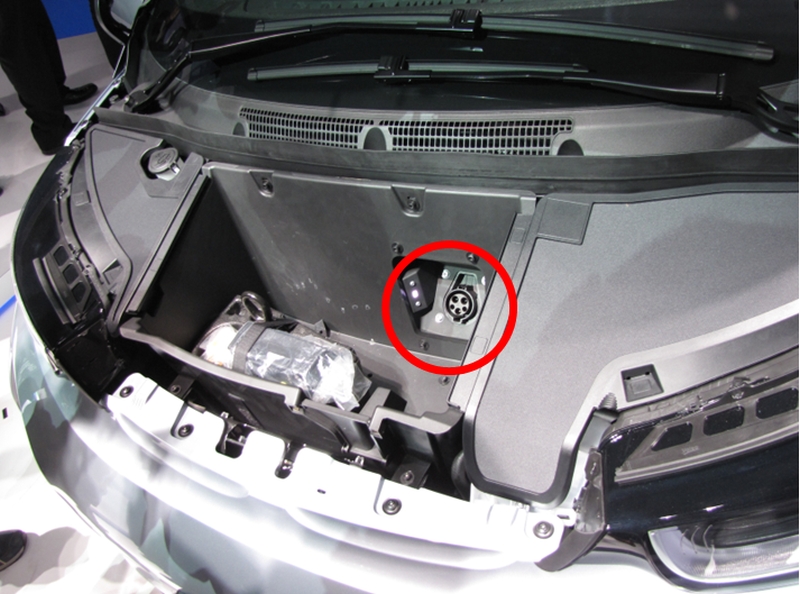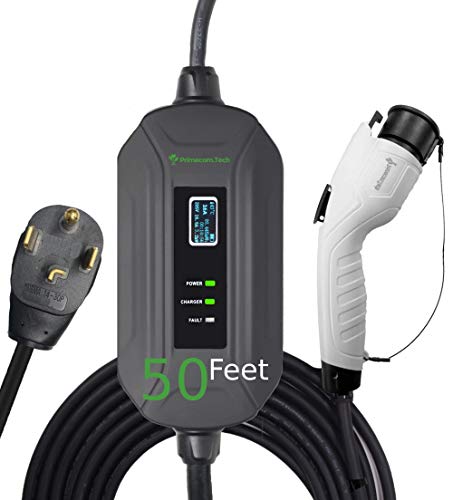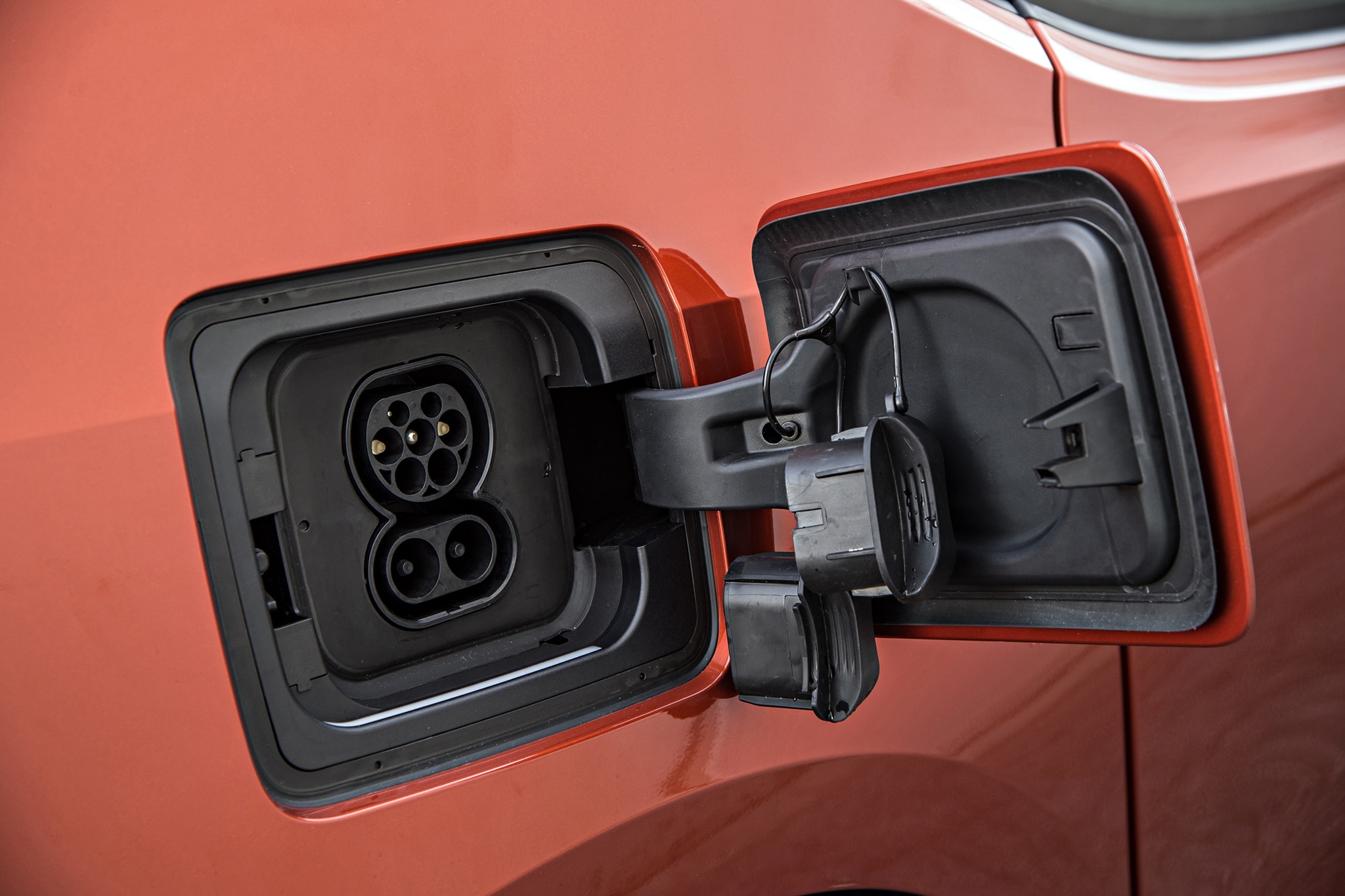chriseddie
New member
- Joined
- Aug 3, 2017
- Messages
- 3
Yesterday I bought a 2014 i3 REx and I absolutely LOVE it so far... except one thing.
I'm embarrassed to say that in all of my research I misunderstood the charging capabilities. I read that Level 3 "fast charging" is available as an option on some 2014 models. When I bought the car I trusted the salesman when he said it was "fast charging" but of course it was not. It is capable of level 1 and level 2 charging.
This is a deal breaker for me! Part of the appeal to the car was to be able to do short trips down the interstate, stopping every couple of hours for a quick 30 minute charge or two.
Since I bought it from a used car lot, I can't return it. My only idea is to sell it outright and start the i3 search over again.
Do you have any suggestions?
I'm embarrassed to say that in all of my research I misunderstood the charging capabilities. I read that Level 3 "fast charging" is available as an option on some 2014 models. When I bought the car I trusted the salesman when he said it was "fast charging" but of course it was not. It is capable of level 1 and level 2 charging.
This is a deal breaker for me! Part of the appeal to the car was to be able to do short trips down the interstate, stopping every couple of hours for a quick 30 minute charge or two.
Since I bought it from a used car lot, I can't return it. My only idea is to sell it outright and start the i3 search over again.
Do you have any suggestions?
















![[Updated] 600W Power Inverter for Vehicles 12v to 110v, Dual DC to AC Car Inverters Converter Car Adapter for Wall Plug Outlet with USB C 65w/24W Fast Charge for Laptop Road Trip/Long Drive/Camping](https://m.media-amazon.com/images/I/41+ce37YsRL._SL500_.jpg)














![300W Car Power Inverter DC12V to AC110V,Dc to AC Car Plug Adapter Outlet with Multi USB[24W USB-C] /USB-Fast Charger(24W) Car Inverter,Car Charger for Laptop Vehicles Road Trip PISIFAU](https://m.media-amazon.com/images/I/41+ox0CwBYL._SL500_.jpg)





















